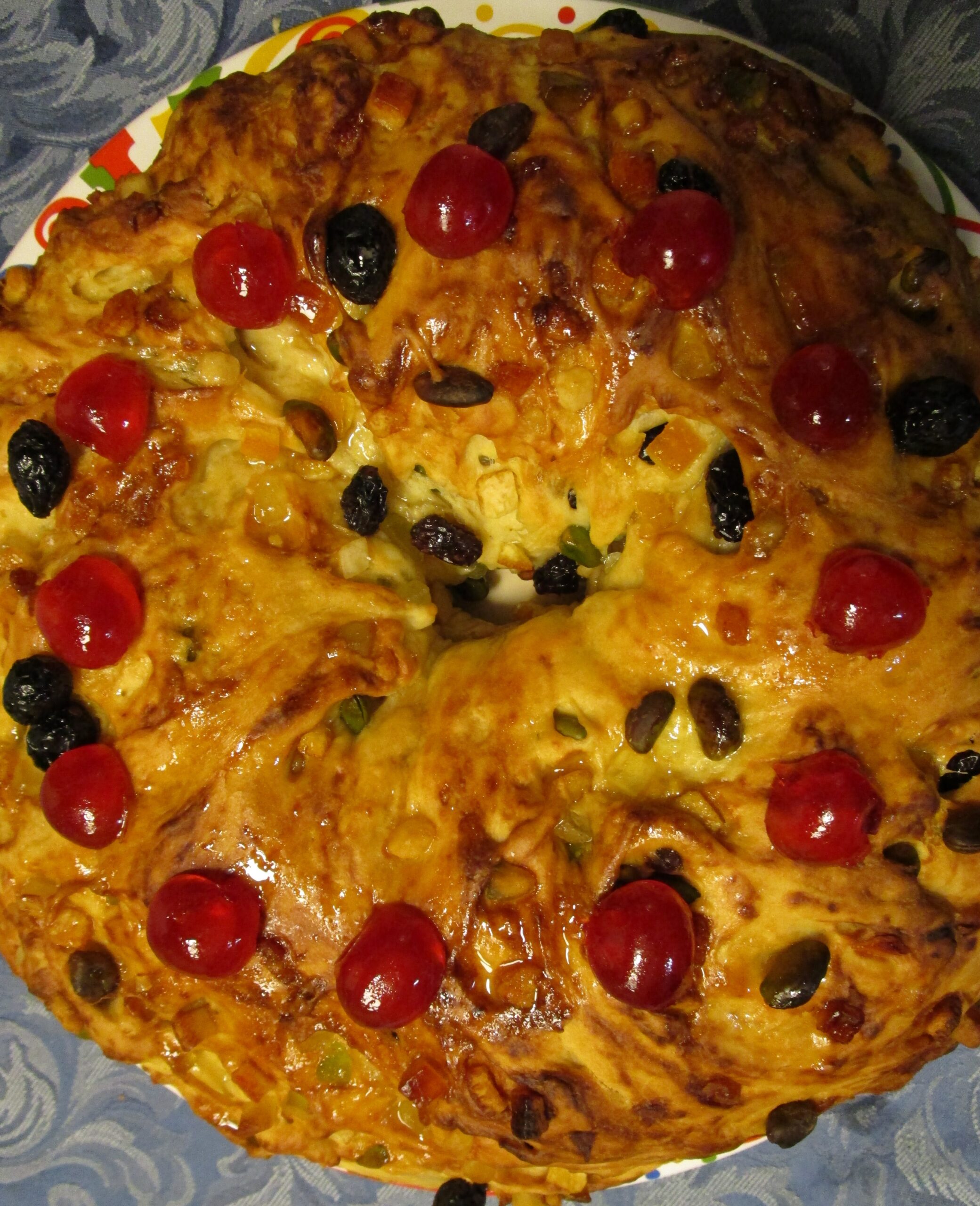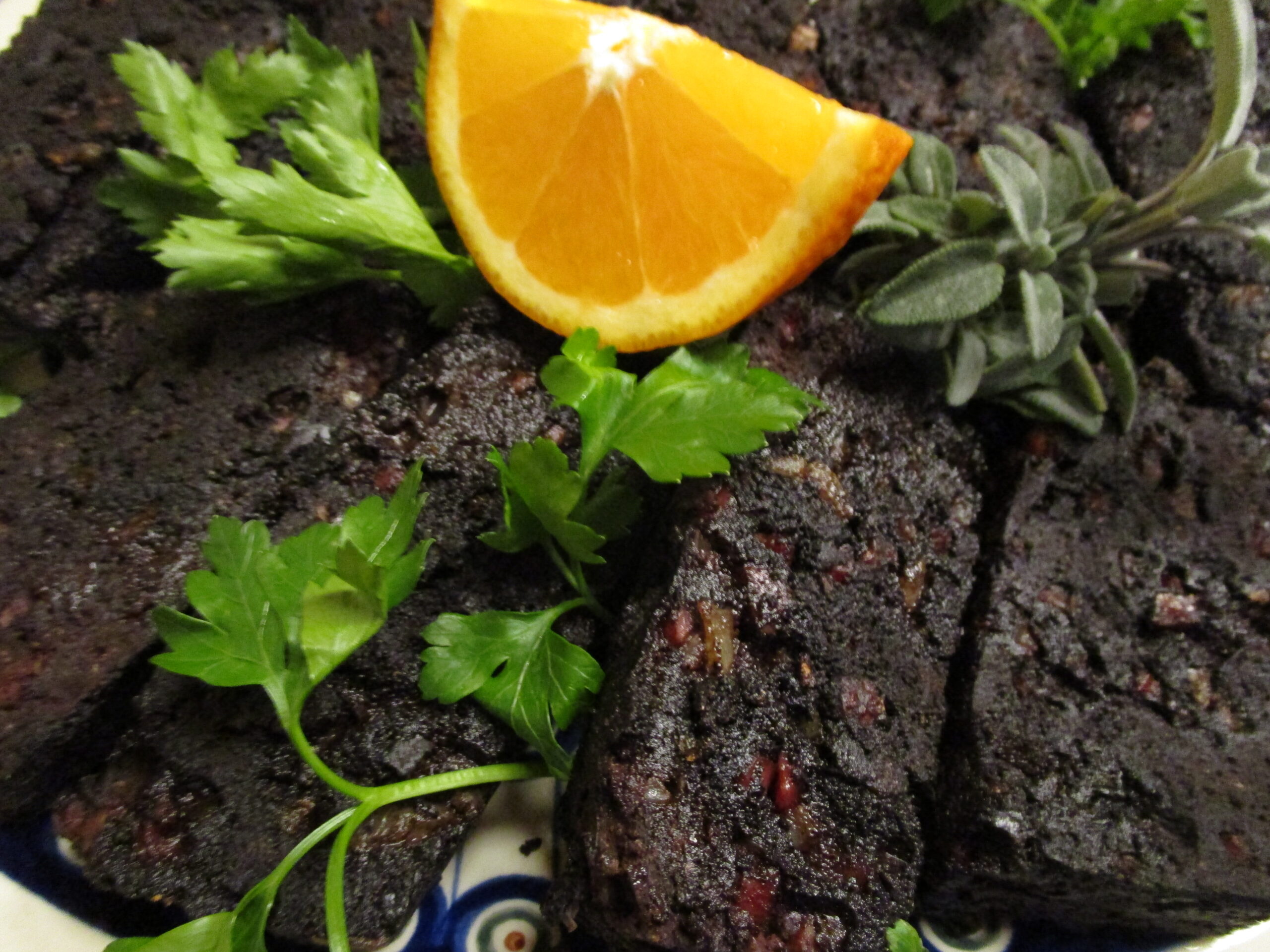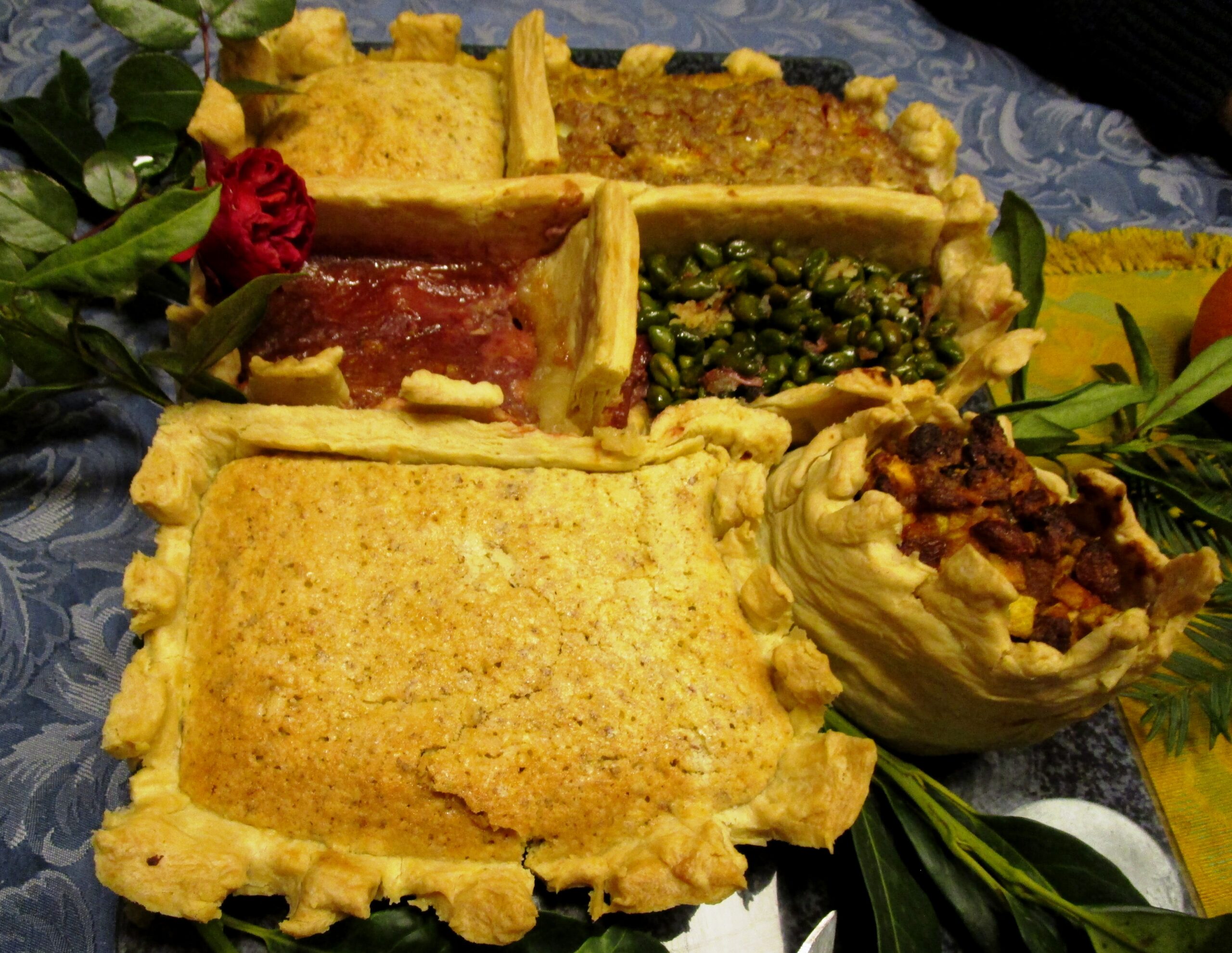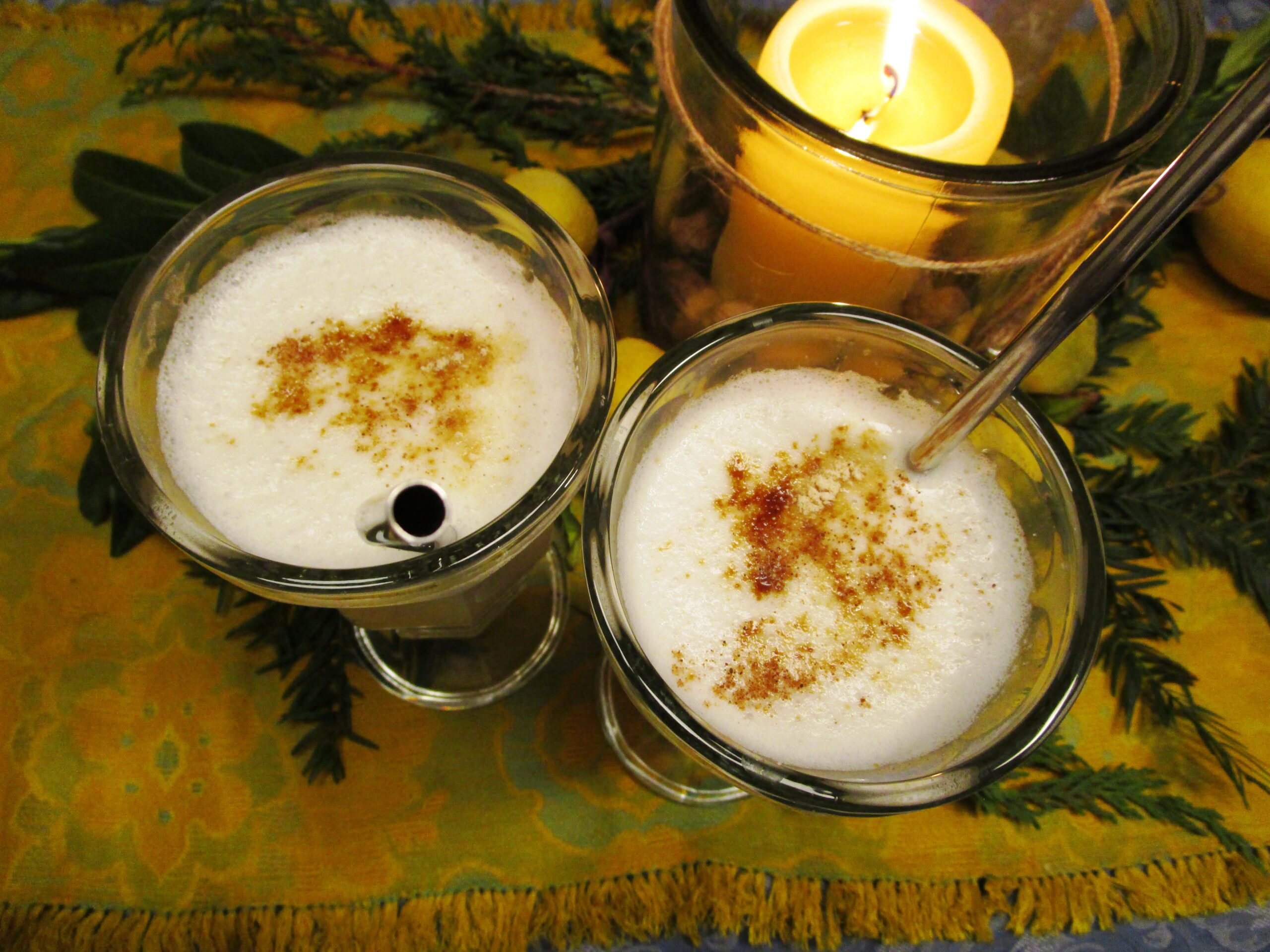The Bean King Twelfth night cake wasn’t officially part of my online medieval Christmas cooking class at eatmedieval. But it was, indirectly. When Giles Gasper, the history professor who contributed some online lectures mentioned a 14th-century...
My English bread and blood pudding. Blood Pudding I’ve never had English blood pudding before. I’d heard of it, of course, but have never had the opportunity. It’s not that I’d be adverse to the blood. With a German father and Czech mother, I grew...
I realize the tower looks like it suffered from artillery damage, but this is my pastry replica of the family castle. A Pastry Castle Family history married medieval cuisine when I baked a Christmas chastelet as the Moldenke castle. The idea came...
My dairy-free crème bastard. Crème Bastard “Crème Bastard” has been christened as a Game of Thrones recipe, all because of a passage in George R.R. Martin’s book. He describes the menu at the Lord Commander’s table at the Wall. Dessert consisted of...






Recent Comments